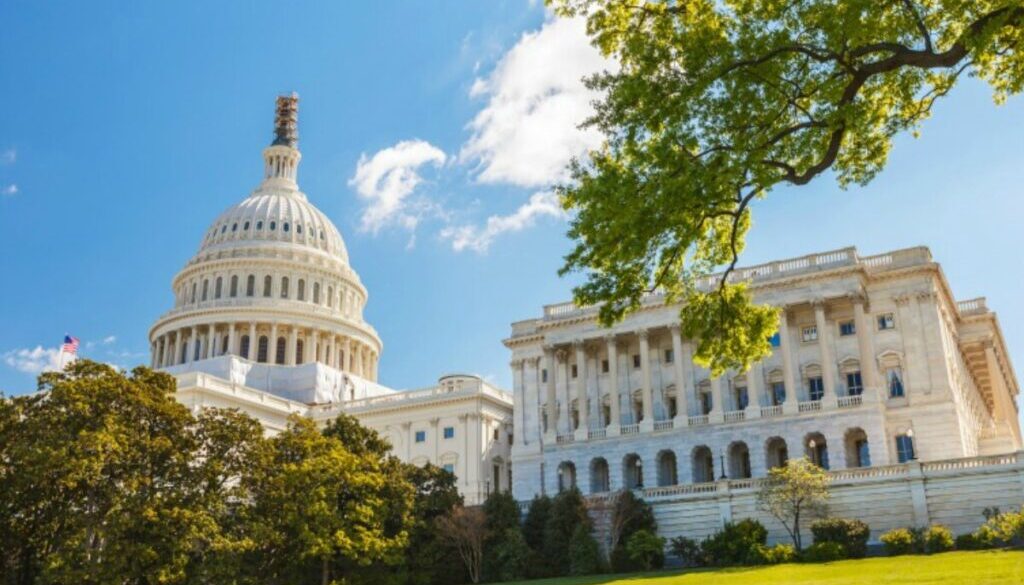Facing tight budgets, states ask Congress for $636 million to protect environmental programs
Warning that some of their budgets are at a breaking point, state environmental agencies are urging Congress to provide more than $636 million in fiscal year 2023 funding to ensure the viability of key programs to protect air and water, handle waste, and fight the climate crisis.
Congress has not increased the amount it provides in dedicated grants to assist states’ work in 20 years, and the limited funding is having adverse impacts, states say. For example, some states are unable to adequately monitor air pollution from increased wildfires, says the Environmental Council of the States (ECOS), which represents all state environmental agencies. Wildfires are expected to grow in size and severity due to the climate crisis.
ECOS, in June 10 written testimony submitted to the Senate Appropriations Committee’s environment panel, says one unnamed state needs $1 million more to ensure that companies are complying with its hazardous waste program – but Congress in the FY 2022 budget provided just $1 million to be shared by all states and territories for the same program.
“The scope and breadth of state environmental agency activities only continues to expand,” the testimony says, whether for existing delegated federal work like processing Clean Air Act permits, or responding to emerging contaminants like the “forever chemicals” known as PFAS.
ECOS urges Congress and the Environmental Protection Agency “to financially support state implementation efforts commensurate with the complexity and breadth of federal requirements so we may fulfill our obligations to our communities,” says the testimony, signed by Myra Reece, South Carolina’s director of environmental affairs and also ECOS’ president.
For FY 2023, the group requests a combined $636.4 million in funding increases for three programs covered by the EPA’s State and Tribal Assistance Grant (STAG) grants. The STAG grants account funds a wide range of activities covering air, waste, waste and other media.
ECOS first seeks $257.9 million for state and local air quality management, an increase over the FY 2022 level of $231.4 million and yet only slightly above FY 2010’s $226.6 million. By contrast, President Joe Biden’s FY 2023 budget request seeks a large increase to about $322 million.
The sizable difference between ECOS’ request and Biden’s request for the air quality funding is because ECOS is only asking for what it calls in the testimony a “modest” 1 percent increase for the three targeted programs, even though Department of Labor data pegged inflation at 8.3 percent in late April.
ECOS secondly asks for $260.9 million to fund water pollution control activities, more than the $231 million the grants received in FY 2022 and the $229.3 million allocated by Congress in FY 2010. Biden is seeking about $251 million in FY 2023, slightly more than ECOS requests.
And for the third program, hazardous waste financial assistance, ECOS wants $117.6 million. In FY 2022 the funding amount was $102.5 million, and in FY 2010 it was $103.3 million. Biden’s budget request for the program in FY 2023 is roughly $118 million, in line with ECOS’ request.
The Senate Appropriations Committee’s Interior, Environment and Related Agencies Subcommittee that oversees the EPA’s budget last held a May 23 hearing on Biden’s FY 2023 funding request for the agency. The House Appropriations Committee’s environment panel held its hearing on the president’s budget request on April 29.
 EWG
EWG


